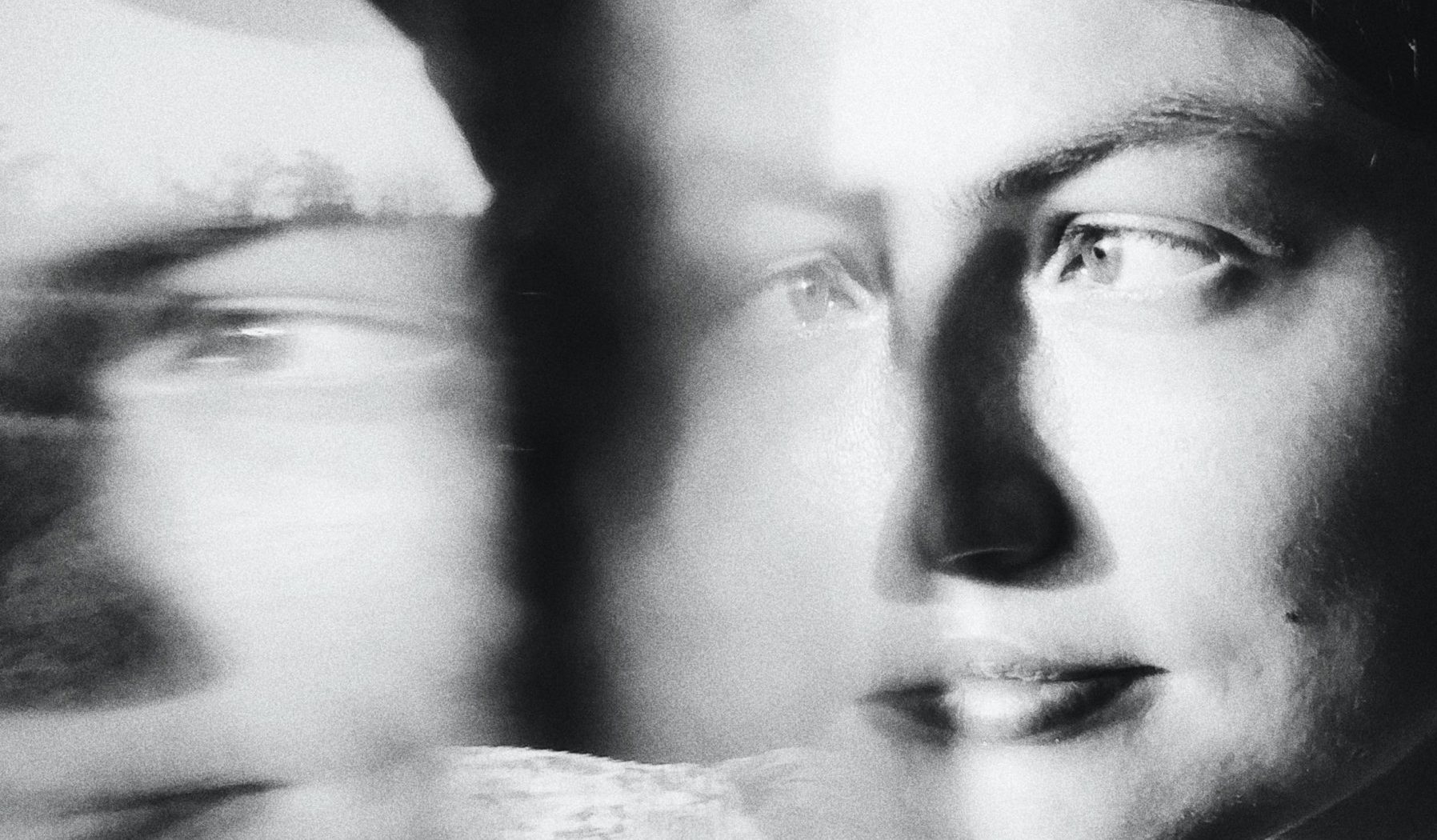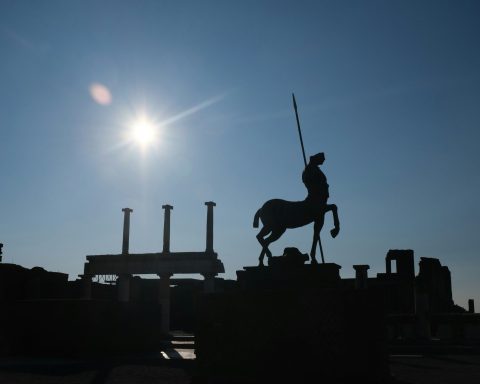
It’s generally accepted that you can’t stop progress, but also that they don’t make ‘em like they used to. We aspire simultaneously to the values of a brighter future and those of a rosier past, buying cheap mass-produced stuff online while happily paying a premium for artisanal goods at a weekly market. Which way we face depends on context: imagine taking someone to a fancy restaurant and finding a stack of ready-meals on the side with instructions for re-heating, or needing to replace your phone and visiting a workshop for the components to be machined and assembled by hand to produce a unique device.
We see the same in medicine. Ever since the 1950 Collings report examined standards in British General Practice,1 there has been a move towards care that is increasingly consistent, organised and evidence-based, regardless of whether it is provided by an individual doctor, any doctor or a non-medical clinician. In contrast to this progressive view, we are now also looking back to a time when continuity of personal care could be assumed, and lamenting its loss in the light of all its acknowledged benefits.2
…nor do we simply operate the machinery of healthcare; we are the ghosts in the machine that allow it to become more than the sum of its parts.
General Practice, then, shares the values of both the dinner date and the mobile phone, and this is reflected in the way patients consult differently depending on context, preferring ease of access for simple acute problems and continuity of care for complex ongoing ones.3 Broadly speaking, this corresponds to situations in which we deal primarily with either the standardised biomedical model of disease, or the individual psycho-social experience of illness,4 although there is considerable overlap.
The recognition that General Practice has included a lot of routine, uncomplicated and non-clinical tasks, while GPs are a limited, highly trained and relatively expensive workforce dealing with ever-rising demand, has led to the delegation of much of our workload to others within the practice team and the wider NHS. This naturally raises the question of whether as we look ahead to the future, people will still need GPs, or whether we’ll all soon be replaced by machines.5 Looking back, though, we can reflect that we are not machines ourselves, nor do we simply operate the machinery of healthcare; we are the ghosts in the machine that allow it to become more than the sum of its parts.
The majority of consultations in General Practice do not map well onto specific care pathways or evidence-based guidelines. Instead, we get our bearings and direction of travel from our patients’ perspective. The information on which we base our diagnosis and management comes mostly from listening and talking to them, a less robust or reproducible process than some might like. Even when a diagnosis is clear, we treat individuals, not populations, and guidelines are written for the mean rather than the majority.
…we are left with a large residue of uncertainty which must somehow be carried, like a sofa or a piano, by both parties working together.
As a result, we are left with a large residue of uncertainty which must somehow be carried, like a sofa or a piano, by both parties working together. The doctor holds their end by expending time, attention and care on the patient’s behalf; the patient holds theirs by accepting an element of risk and retaining responsibility for their own health. This is partly why it can be difficult to manage undifferentiated presentations remotely. Seeing a patient face-to-face is usually more informative, but crucially, it also demonstrates a greater expenditure of effort and goodwill on the doctor’s part, prompting a reciprocal willingness on the patient’s to accept that things may not be clear-cut or fixable. The management of uncertainty, like so much, is largely relational.
It costs a computer nothing to tell patients to keep an eye on things for a bit longer: they must simply decide whether or not to accept the advice on its merits and bear the consequences. A non-medical clinician can go the extra mile to engage their confidence, but only along the well-marked paths of evidence and protocol. GPs operate in the wilderness beyond, often at significant cost to their own wellbeing. We are artisans, but we learn our craft through years on the assembly line. It is inevitable that our role will continue to change, but by owning both sets of professional values we can ensure that we face the future – and the past – with confidence.
References
- Collings LS, General Practice in England Today. A Reconnaissance, Lancet 1950 pp555-585
- Pereira-Grey D, Sidaway-Lee K, White E, et al. Improving continuity: THE clinical challenge. InnovAiT 2016; 9(10): 635–645.
- Richard Baker, Mary Boulton, Kate Windridge, Carolyn Tarrant, John Bankart and George K Freeman, Interpersonal continuity of care: a cross-sectional survey of primary care patients’ preferences and their experiences, BJGP 2007; 57: 283-290
- Helman C, Disease versus illness in general practice, Journal of the Royal College of General Practitioners, 1981, 31, 548-552
- Armitage R, The Moravec paradox and its application in health care, BJGP Life 29 July 2023
Featured Photo by Dasha Yukhymyuk on Unsplash








